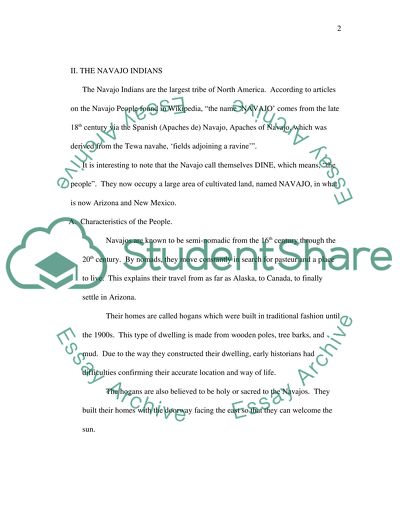Cite this document
(“The History and Journey of the Navajo Indian Tribe Essay”, n.d.)
The History and Journey of the Navajo Indian Tribe Essay. Retrieved from https://studentshare.org/miscellaneous/1550285-the-history-and-journey-of-the-navajo-indian-tribe
The History and Journey of the Navajo Indian Tribe Essay. Retrieved from https://studentshare.org/miscellaneous/1550285-the-history-and-journey-of-the-navajo-indian-tribe
(The History and Journey of the Navajo Indian Tribe Essay)
The History and Journey of the Navajo Indian Tribe Essay. https://studentshare.org/miscellaneous/1550285-the-history-and-journey-of-the-navajo-indian-tribe.
The History and Journey of the Navajo Indian Tribe Essay. https://studentshare.org/miscellaneous/1550285-the-history-and-journey-of-the-navajo-indian-tribe.
“The History and Journey of the Navajo Indian Tribe Essay”, n.d. https://studentshare.org/miscellaneous/1550285-the-history-and-journey-of-the-navajo-indian-tribe.


